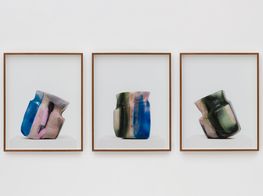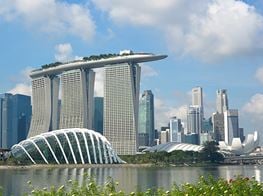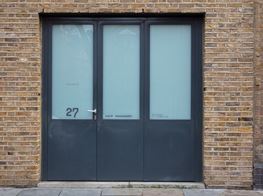Between abstraction and interaction: A report from Singapore
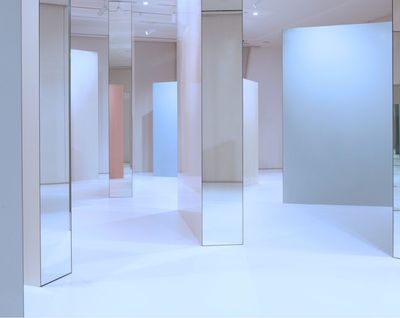
When I first went to see Oh Dear What Can the Matter Be (2016), an installation at Yeo Workshop by Singaporean artist Stephanie Jane Burt, I was reminded of a work by another young, and increasingly recognised Singaporean artist, Dawn Ng, How to Disappear into a Rainbow (2016), which I had seen a few months previously at the Hermes Aloft Space, also in Singapore. However, I couldn’t answer the question as to why I was making this link. While both works operate as abstract installations, they sit at opposite ends of this defining term, not to mention that this is where the immediate connection ends. It nagged at me, and so I went back to sit with the thought.
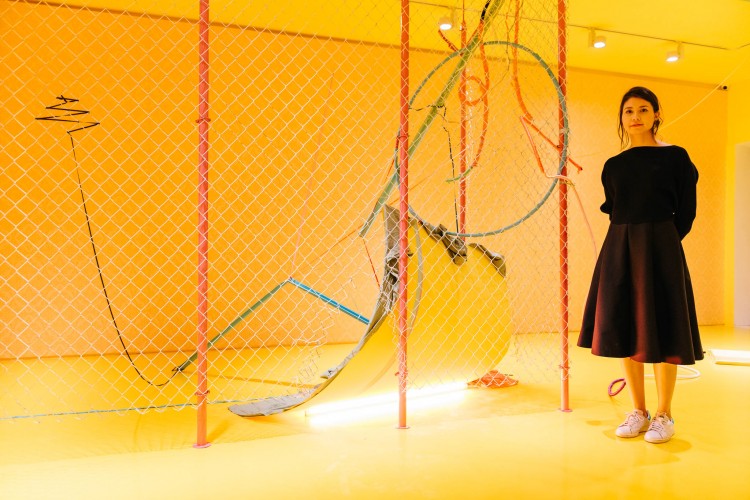
At the center of Burt’s practice is the visualisation of language and fictions (often related to women) through material constructs. In this instance, Oh Dear What Can The Matter Be takes The Yellow Wallpaper (published in 1892) by the American feminist novelist Charlotte Perkins Gilman as its point of literary inspiration, and it is from this story of forced bed rest for a woman suffering from depression, and the resulting psychosis that ensues from this ill-prescribed isolation, that the installation comes to form. Three bright pink metal poles provide support for roughly hung chicken wire that together stake out a suggestive room. Spilling out of the edges and tumbling down from the ceiling, wood, brick, and metal dance with coloured threads, delicate lace and loose fabric, these elements simultaneously supporting, defining, pulling, restricting and crushing one another. As one walks around the installation, elements that appear in one instance to support one another, equally reveal that they are aiding mutual collapse. The work is encased within a gallery environment that is painted a thick, shiny, egg-yoke yellow whose brightness initially welcomes, but soon revolts. Together the viewer and the work are trapped in a conversation of tension and uncertainty, the angst-ridden language and subject of the book transferring to the physicality of the installation, which in turn transfers to the psychology and personal recollection of the viewer—anxiety mediated, but undiluted and shared.
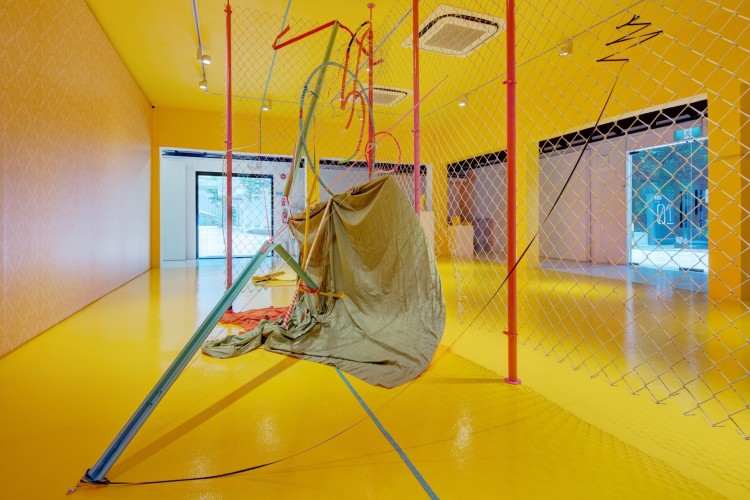
Ng’s practice on the other hand, is known for its ability to engender childlike wonder in the viewer and to tap into a poetic nostalgia for the unconstrained curiosity that comes with it. On entering How to Disappear into a Rainbow, the viewer is greeted by large blocks with sides that alternate between sleek, shiny, soft pastel hues and those that are mirrored. The blocks are of different sizes and placed irregularly throughout the space, so that as you walk you slip through a maze of light refraction and fractured self-reflection until you literally become part of the fabric of the work itself. While the materials are hard, the visuals are soft, and as the space is navigated the ethereal nature of the experience encourages the mind and, more specifically, memory to recall personal moments of untrammeled adventure, amazement and the sense of being part of the environment rather than bound by it.

If it is a question of difference, one almost has to go no further than the titles of these two works in question. Oh Dear What Can the Matter Be immediately relays a crushing combination of disappointment fringed with patronising indifference, while How to Disappear into a Rainbow suggests something far lighter and more fanciful; the stuff that innocent reverence is made of. And so, on first reading, these works are different, perhaps even opposed. However, intrinsic to each work is that you relate to the work beyond the surface, and it is in this heightened and more fluid realm of interaction where these works come together.
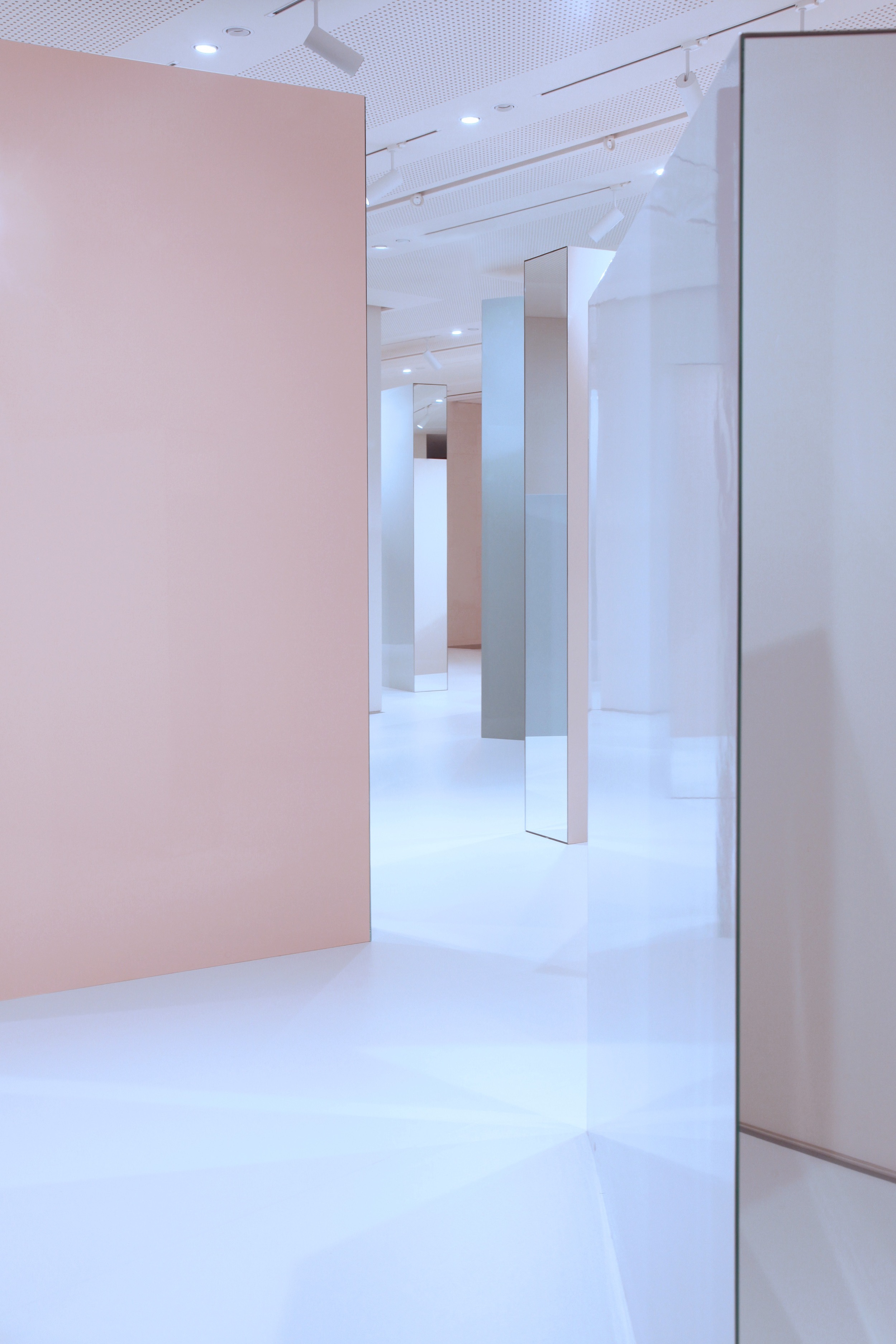
Historically, abstraction functions as a tool of disconnection, artistic self-reflection and an insurance against an llusionistic reading. Whether minimal or expressionistic, the viewer serves as an objective bystander considering the artist, the material, the form, the colour, rather than themselves, their thoughts, their feelings, their experience. Both Burt and Ng have turned historical abstraction on its head, rearticulating its foundational elements of material, line, colour and form, to create a visual vocabulary that not only encourages but also requires the physical and psychological interaction of the viewer. In fact, both works verge on the performative, fusing the public and the personal as the viewer activates the space as they move through it, and the meaning as they add personal memory, experience and emotion to the works. Rather than removed and objective, the installations are quietly loaded, each becoming a relational channel of transferal and connection across emotional states. Whether fear or wonder, anxiety or freedom, the viewer, the work and the artist converse with an intimacy that is immediate, authentic and shared, making the works not only compelling, but also fundamentally human and interrelational.
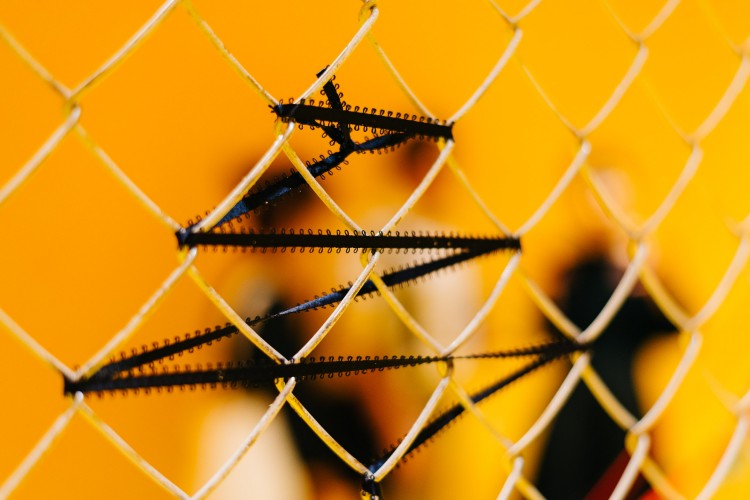
At the same time, both works maintain a certain refrain that stops them from teetering into Nicolas Bourriaud’s arena of Relational art as defined by the creation of shared space for social interaction. Instead, Burt and Ng successfully navigate a delicate space in-between abstract and Relational art creating a shared space for personal reflection on universal emotions. —[O]

